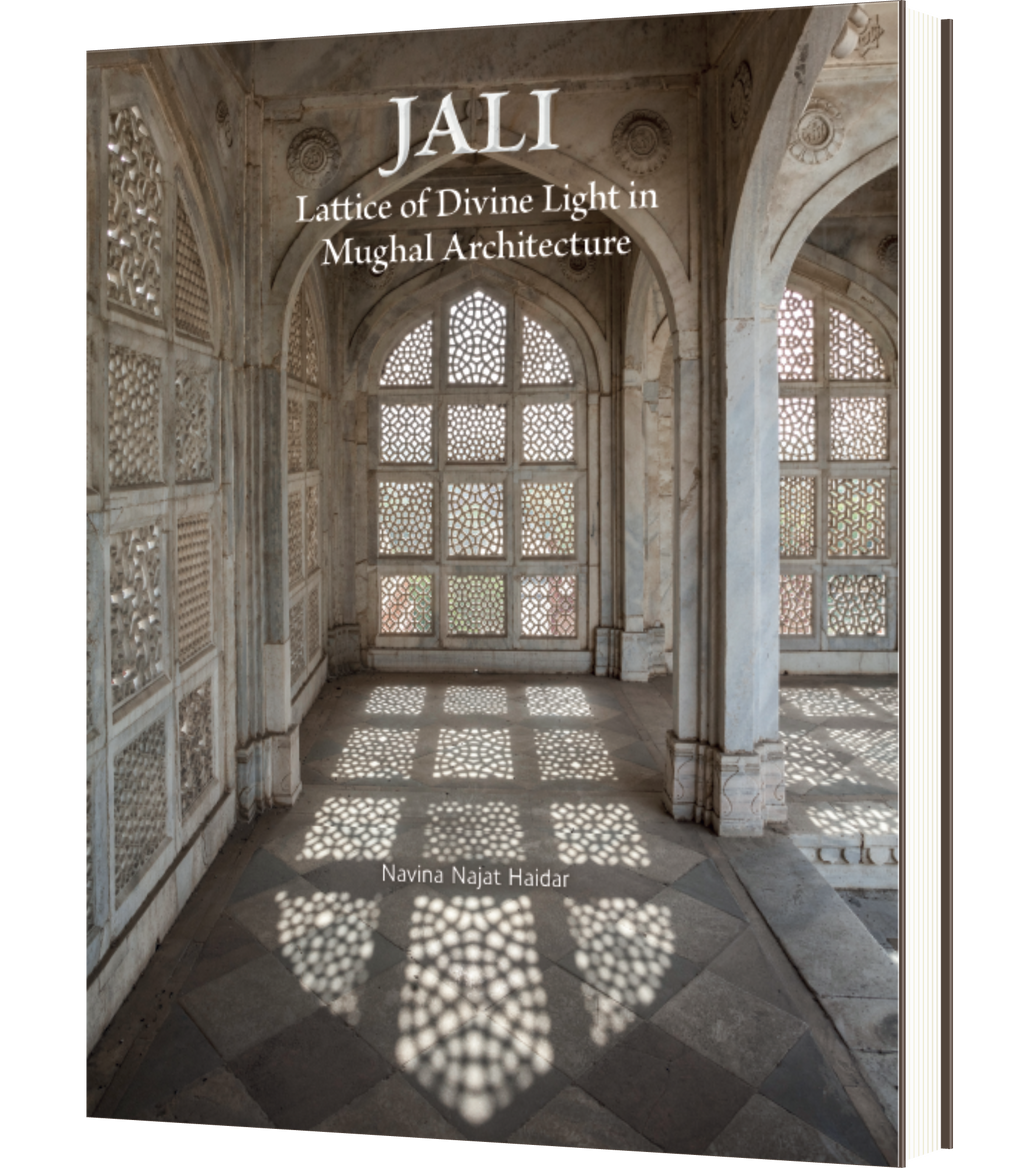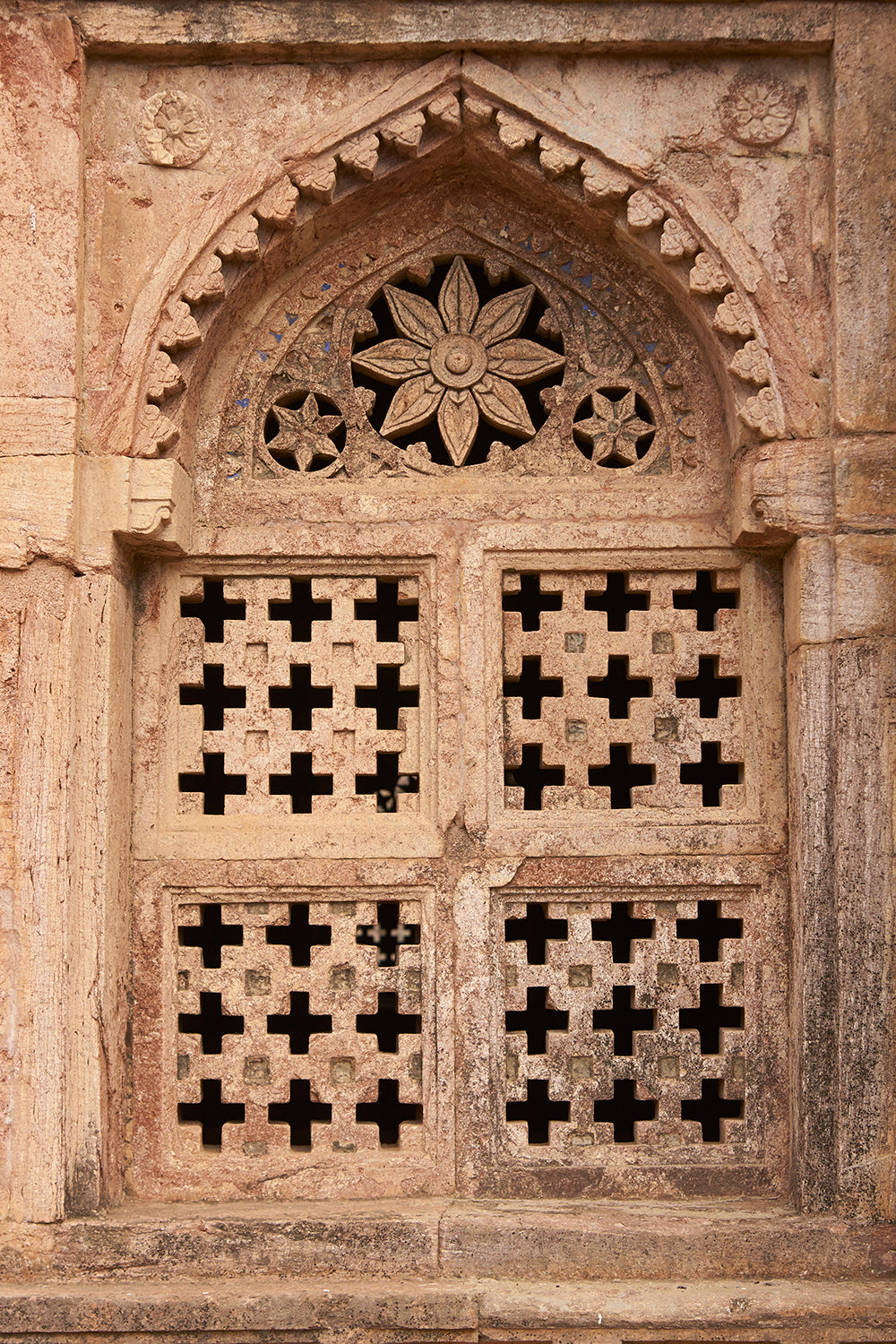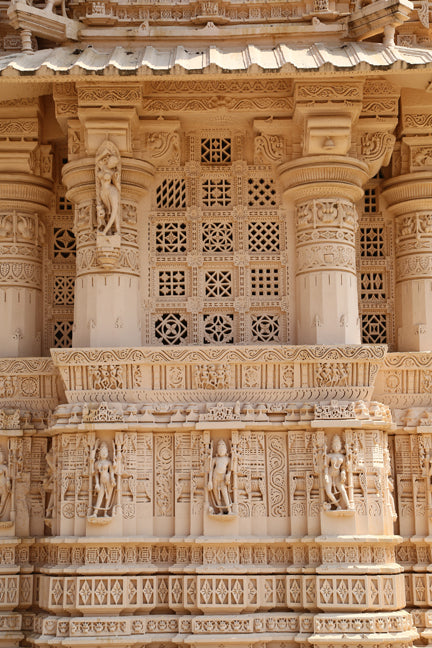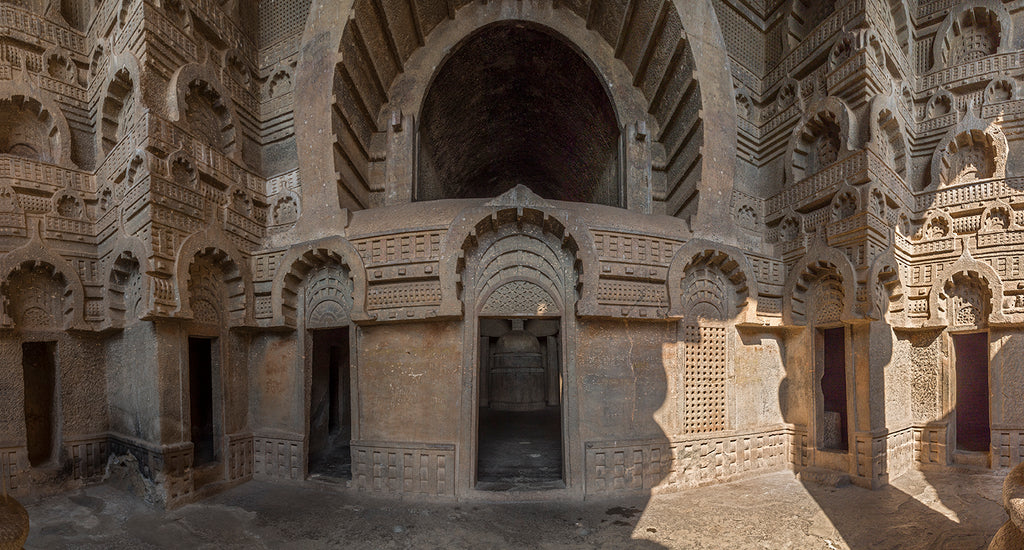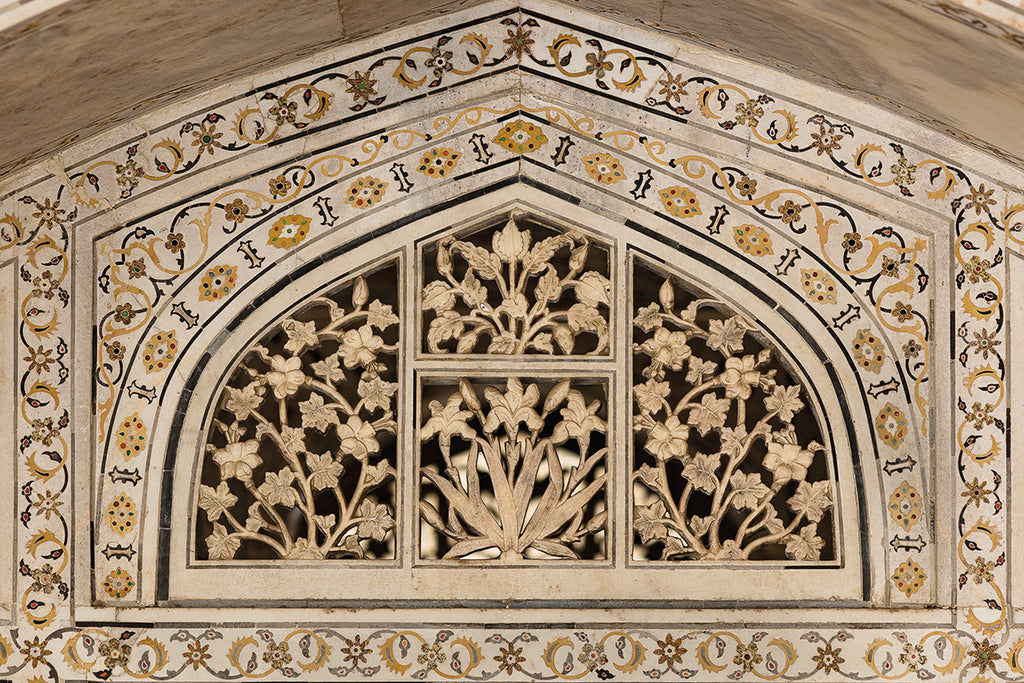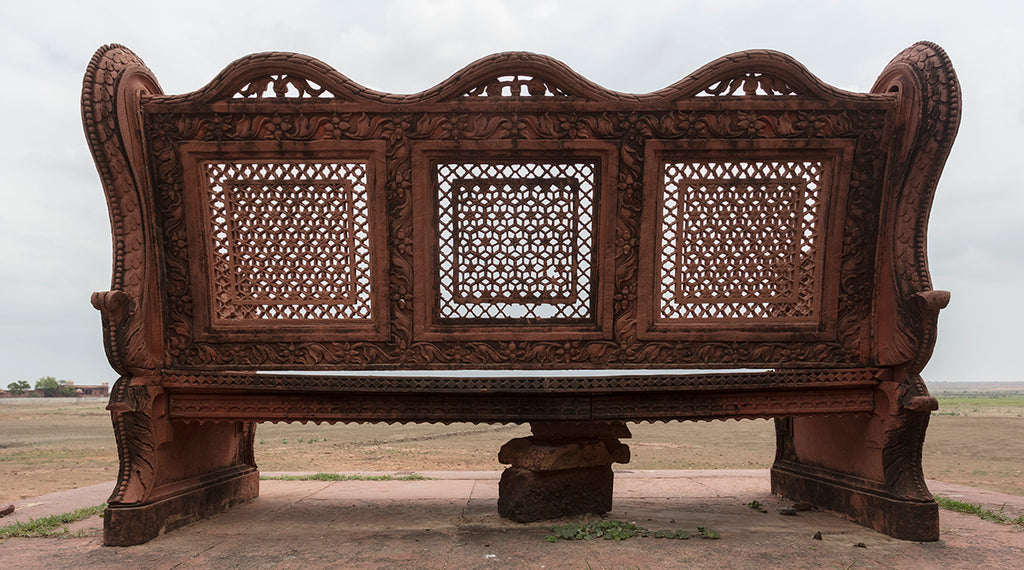Jali
Lattice if Divine Light in Mughal ArchitectureA jali is a perforated stone or latticed screen, with ornamental patterns that draw on the compositional rhythms of calligraphy and geometry. “The book moves effortlessly...makes one wonder of the draftsmanship of artisans...Nothing by half measures here!!”—Zeyba Rahman, Director, Building Bridges Program, Doris Duke Foundation Media:The New Indian Express The Economic Times Devdiscourse News Drums Podcast:HTSmartcast
- Category: Architecture, Christmas Gifting
This book explores the delicate beauty of more than two-hundred jalis across India, from fourteenth-century examples in Delhi to those designed by global contemporary artists inspired by historical styles. This expansive volume covers the temple designs of the Gujarat sultanates, imperial symbolism and Sufi allusions in Mughal jalis, the innovations and adaptations of jalis across Rajasthan and central India and, further south, calligraphy in stone relief and pierced stone in the Deccan.
With contributions by American art historian Mitchell Abdul Karim Crites, George Michell, an authority on South Asian architecture, and Ebba Koch, a leading authority on Mughal architecture and art, this lavishly illustrated publication reveals the poetry etched in these stone screens.
Navina Najat Haidar is a curator in the Department of Islamic Art at The Metropolitan Museum of Art, New York. She helped lead the planning of the museum’s galleries for the Art of the Arab Lands, Turkey, Iran, Central Asia, and Later South Asia. Haidar is co-author of Masterpieces from the Department of Islamic Art in The Metropolitan Museum of Art and Sultans of the South: Arts of India’s Deccan Courts, 1323–1687 (both 2011).
Mitchell Abdul Karim Crites is an American art historian, who has lived and worked in India for more than forty years. His primary focus has been the revival of traditional Indian and Islamic arts and crafts. Over the years, Crites has participated in a number of prestigious art and architectural projects ranging from Mexico to Malaysia.
George Michell, an authority on South Asian architecture, has made the study of Deccani architecture and archaeology his life’s work. He has spent over thirty years researching and cataloguing the enormous ruined city of Hampi Vijayanagara, among many other historical sites in the region. He is the author of Vijayanagara: Splendour in Ruins (Mapin, 2008).
Ebba Koch, preeminent art and architectural historian, is presently a professor at the Institute of Art History in Vienna, Austria and a senior researcher at the Austrian Academy of Sciences. Dr. Koch has spent much of her professional life studying the architecture, art,
and culture of the Mughal Empire, and is considered a leading authority on Mughal architecture.
Abhinav Goswami, based in Vrindavan, is trained as an archaeologist, photographer and temple priest. For the last three decades, Goswami has dedicated himself to documenting people, places, architecture and festivals of the rich cultural region of Vraj and other parts of India.
• Introduction
• Temple Jali Traditions
• Sacred Symbols: Jalis of the Gujarat Sultanate
• Celestial Geometry: Jalis of the Northern and Central Sultanates
• Divine Order: Early Mughal Visions
• The Flower Philosophy of Shah Jahan Expressed in the Art of the Jali
• Heavenly Gardens: The Imperial Mughal Style
• Fantasy and Formality: The Deccan Jali
• Jali Mania: From Rajputs to the Raj
• The Jali Tradition: Master Craftsmanship and Patronage
• Jali in the Modern Age
• Epilogue
• Index
• Bibliography
• Photo Credits
• Acknowledgements
| ISBN | 9789385360749 |
| Pages | 272 |
| Number of illustrations | 220 |
| Size | 9 x 11" (229 x 280 mm), hc |
| Date of Publishing | Sept. 2023 |
| Language(s) | English |
| Co-publisher(s) | Mapin |
| Rights Available | World rights |
—Zeyba Rahman, Director, Building Bridges Program, Doris Duke Foundation





